Are you captivated by medieval and Renaissance art? Here are the best museums to visit in North Rhine – Westphalia:
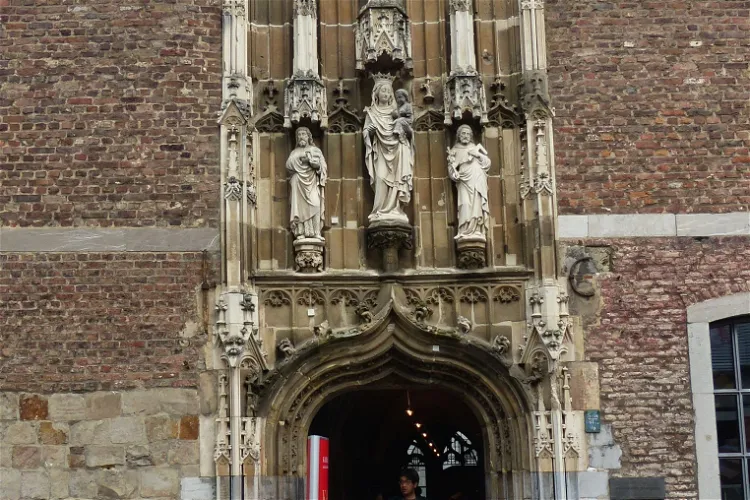
Aachen Cathedral Treasury
AachenThe Aachen Cathedral Treasury is recognized as one of the most significant ecclesiastical treasures in Europe. It houses a unique collection of precious objects from the Middle Ages, reflecting the rich history and cultural heritage of the region. Visitors can explore this vast collection, which offers a glimpse into the religious, artistic, and cultural practices of the past.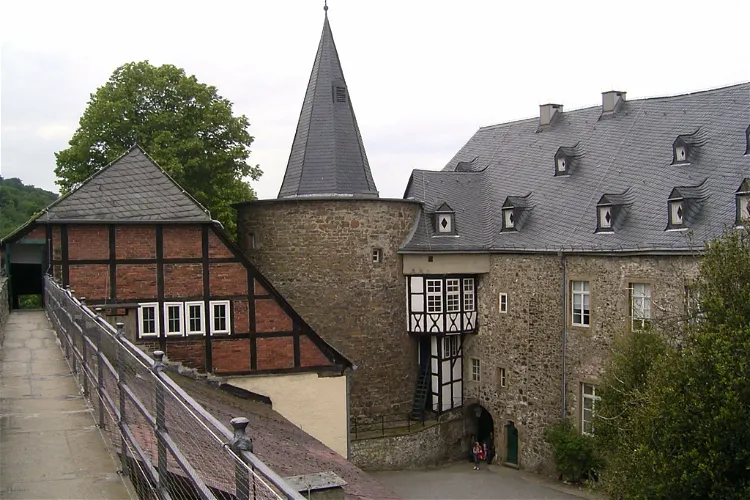
Hohenlimburg Castle
HagenHohenlimburg Castle, located in North Rhine-Westphalia, is a unique historical site as it is the only hilltop castle in Westphalia that has been largely preserved in its medieval original state. This makes it a significant destination for those interested in medieval architecture and history. The castle's location on a hilltop offers picturesque views, earning it the nickname 'Westphalian Heidelberg'.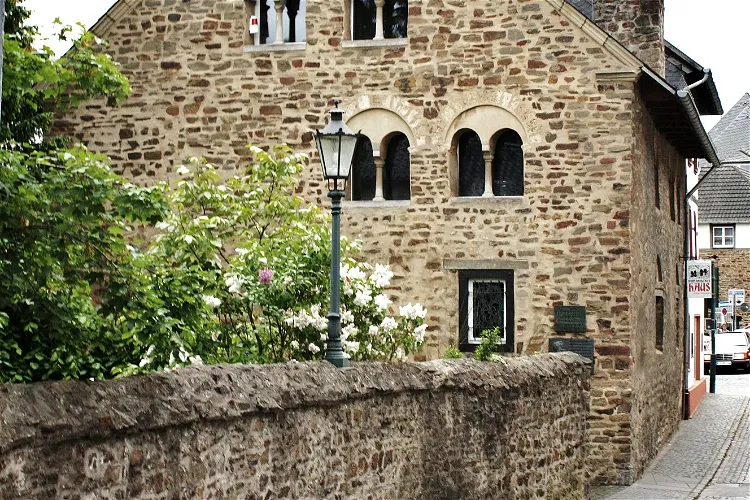
Hürten Heimatmuseum
Bad MünstereifelThe Hürten Heimatmuseum is situated in the charming town of Bad Münstereifel, in the Euskirchen district of North Rhine-Westphalia. This location offers visitors the opportunity to explore the rich history and culture of the region, while also enjoying the natural beauty and tranquility of the surrounding area.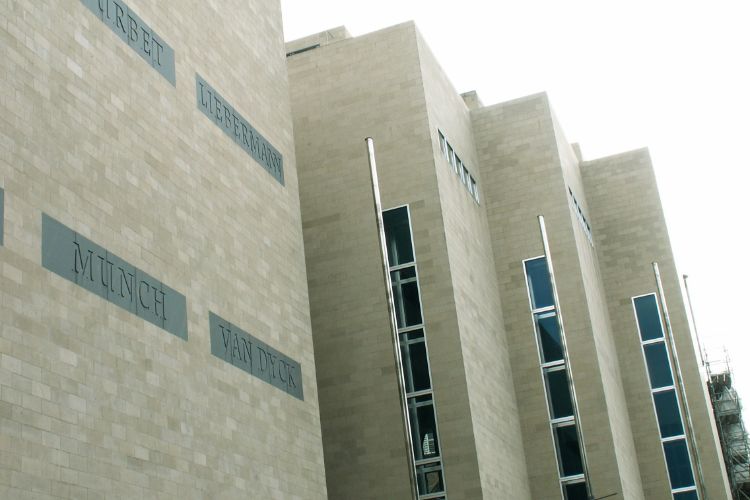
Wallraf-Richartz Museum
CologneThe Wallraf–Richartz Museum is an art gallery with a collection of fine art from the medieval period to the early 20th century. The museum includes a Gothic collection, a Renaissance collection, a Baroque collection and an Impressionist collection. Highlights of the permanent exhibition include artw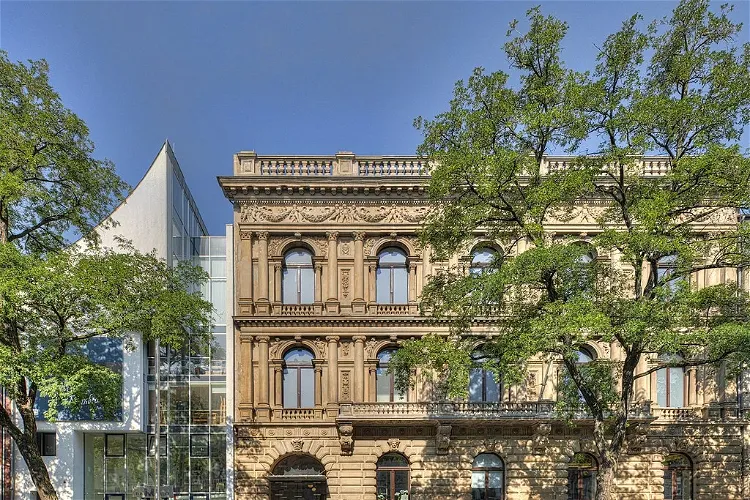
Suermondt-Ludwig-Museum
AachenThe Suermondt-Ludwig-Museum, located in Aachen, Germany, is an art museum that was established in 1877. It is named after its founder, Barthold Suermondt, and art collectors Irene and Peter Ludwig. The museum is known for its extensive collection of artworks, which includes pieces from various periods and styles.
Art and Exhibition Hall of the Federal Republic of Germany
BonnThe Art and Exhibition Hall of the Federal Republic of Germany, also known as the Bundeskunsthalle, is a popular destination for tourists. It is located in Bonn, as part of the renowned 'Museum Mile'. This museum is one of the most frequented in Germany, attracting a large number of visitors each year.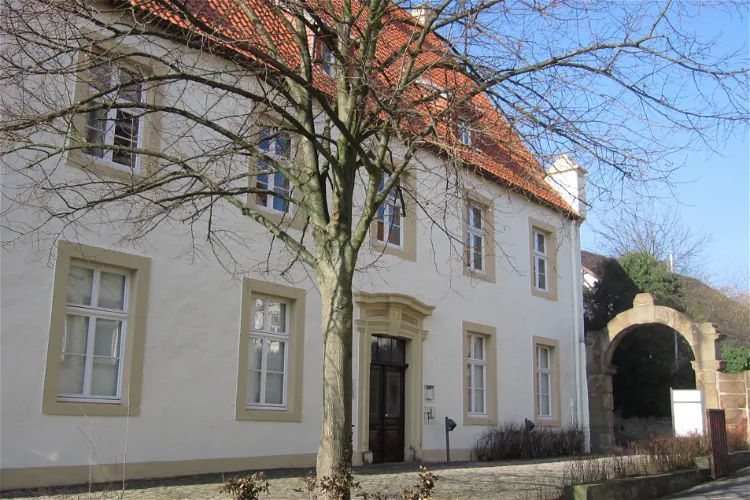
Museum im Stern
WarburgThe Museum im Stern, established in 1968, is the city museum of Warburg. It is located in the Stern House, a former medieval nobleman's estate in Warburg's New Town. This historical setting provides a unique backdrop for the museum's collections and exhibitions.
Kolumba
CologneKolumba is an art museum in Cologne. The museum is one of the oldest museums in Cologne and is located on the site of the former St. Columba church. The museum holds and exhibits a collection paintings, drawings, prints, sculptures, decorative art and religious icons from Late Antiquity to contempor
German Textile Museum
KrefeldThe German Textile Museum boasts a collection of over 30,000 objects from all corners of the world, spanning from antiquity to the present day. This vast collection offers visitors a unique opportunity to explore the history and diversity of textiles and clothing. The museum's collection is one of the most important internationally, with historically valuable textiles and clothing.
Stadtmuseum Hattingen
HattingenThe Stadtmuseum Hattingen, located in the Blankenstein district, was opened in 2001. It is housed in the old administrative buildings that were built between 1840 and 1904. The museum is situated in the heart of the village, in close proximity to the Blankenstein Castle and Gethmannschen Garten, making it a convenient location for tourists to visit.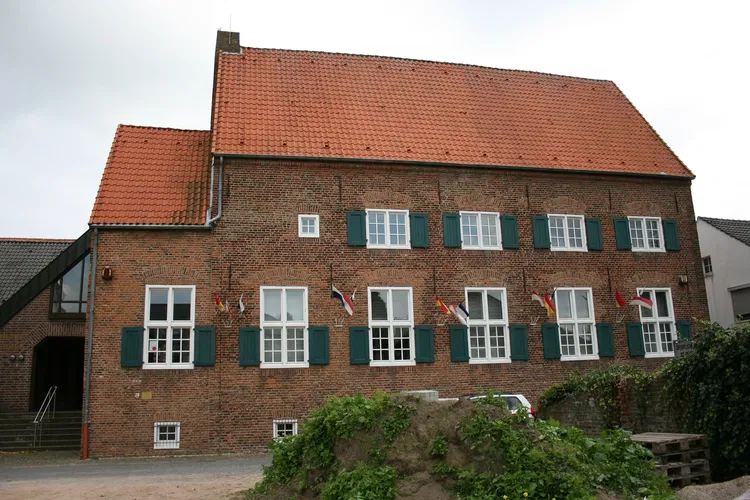
Katharinenhof Kranenburg
KranenburgMuseum Katharinenhof is an art museum situated in the historic city center of Kranenburg, in the German state of North Rhine-Westphalia. The museum has been housed in a former sister convent since 1961, adding a unique historical charm to the establishment.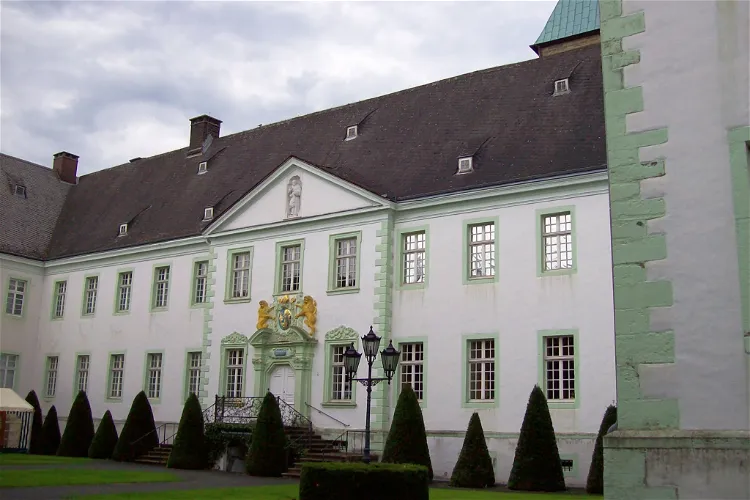
Museum Abtei Liesborn
LiesbornThe Museum Abtei Liesborn is a unique destination for art and cultural history enthusiasts. It is situated in the baroque abbot's residence of the former Liesborn Abbey of the Benedictines in Liesborn. This setting provides a rich historical backdrop for the museum's exhibits, adding to the overall visitor experience.
Clemens Sels Museum Neuss
NeussThe Clemens Sels Museum Neuss is an art museum situated in the city of Neuss. It is a modern multi-part building that houses a wide range of art collections from different periods and styles.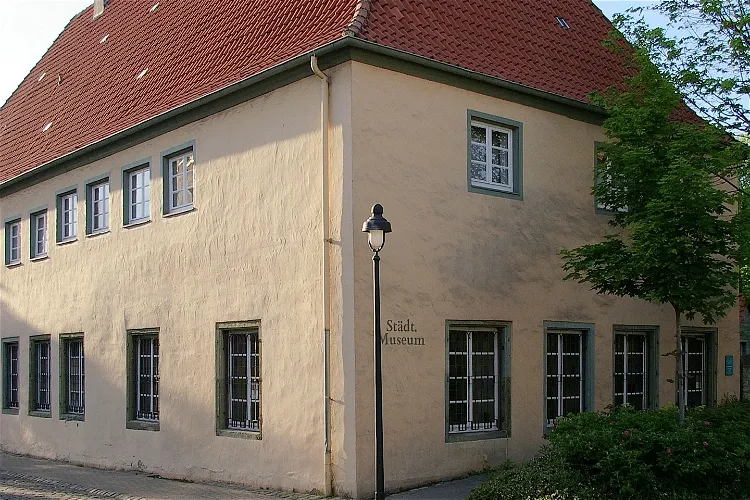
Städtisches Museum am Rykenberg
WerlThe Städtisches Museum Am Rykenberg – Wendelin-Leidinger-Haus is the local museum of the city of Werl. It is a place where visitors can learn about the history and culture of the city. The museum is named after Wendelin Leidinger, who was a local historian and caretaker of the house for many years.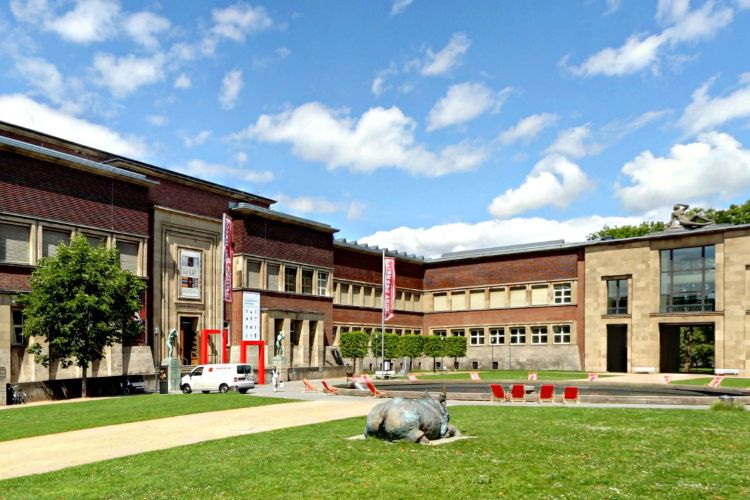
Museum Kunstpalast
DüsseldorfThe Kunstpalast Museum, also known as the Museum Kunst Palast is a museum in Düsseldorf. The museum is located on the site of an older museum from 1902 that was rebuilt twice. Paintings and sculptures from the period between the Middle Ages and the 21st century are exhibited in Museum Kunstpalast. I
Schnutgen Museum
CologneThe Museum Schnütgen (Schnutgen Museum) is a museum of Christian art in Cologne. The museum holds and exhibits objects mostly from the Middle Ages between the 11th and 16th centuries in the Rhineland. Some pieces date from the Baroque and the 19th century and also from other European countries as we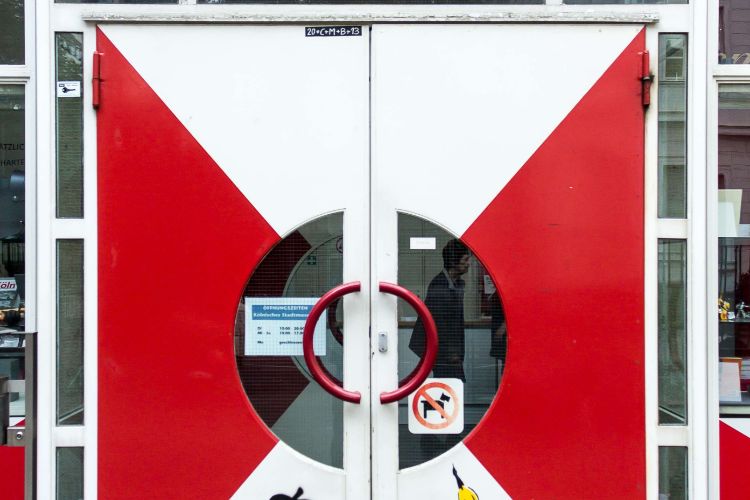
Kölnisches Stadtmuseum
CologneThe Kölnisches Stadtmuseum (Cologne CIty Museum) is a museum in Cologne that is housed in The Zeughaus, the city's former arsenal. The building was built between 1594 and 1606 and has served as a museum since 1958. It is built on the remains of the Roman city wall. Exhibits of the permanent exhibiti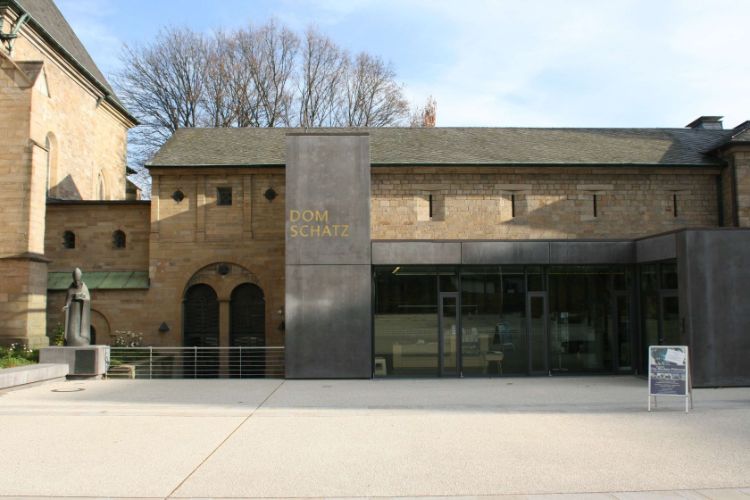
Domschatzkammer Essen
EssenThe Essener Domschatz is one of the most important collections of ecclesiastical art in Germany. The dom treasure goes back to the treasure of the former Essen Abbey, which after the secularization of the abbey in 1803 became the property of the associated parish. The collection is unique in that it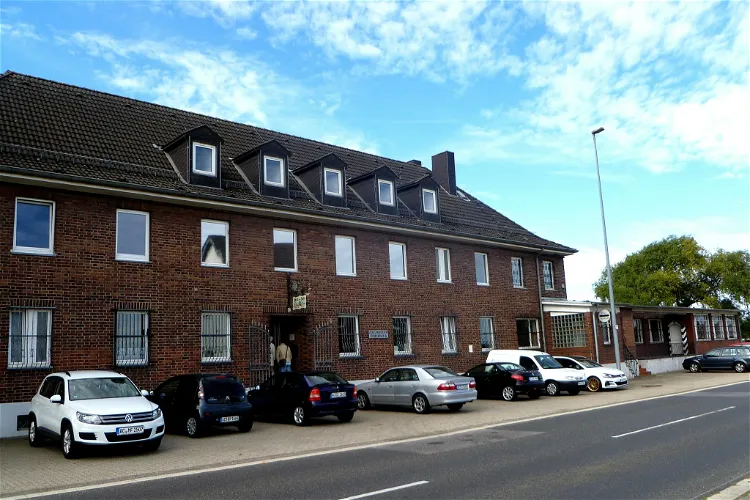
Zollmuseum Friedrichs
AachenThe Zollmuseum Friedrichs in Aachen - Horbach is a unique museum that was established in 1984 by Christian Friedrichs, the retired head of the Aachen Nord main customs office. The museum focuses on the history of customs, tracing its development and sources of income, and its role in protecting the domestic economy. This provides a fascinating insight into the economic history of the region and the country.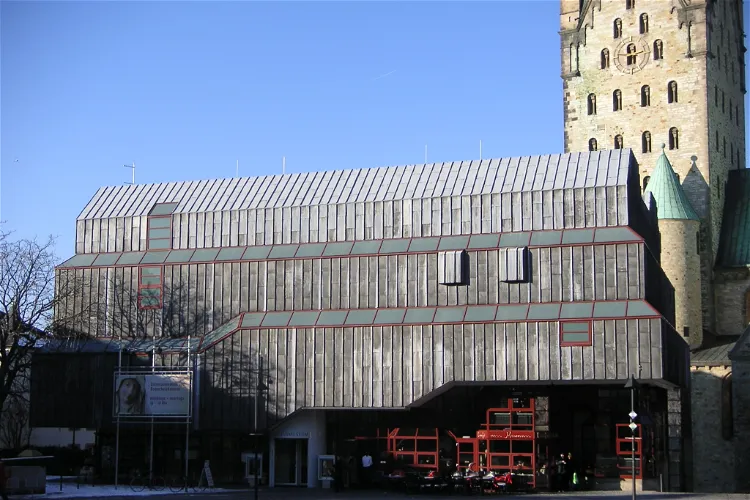
Diözesanmuseum
PaderbornThe museum is home to one of the most comprehensive and important collections of Christian art in Germany. With over 12,000 works that span around 1,000 years, visitors can immerse themselves in a rich tapestry of religious art and history. The collection includes sculpture and goldsmith art from the Romanesque to the Baroque period.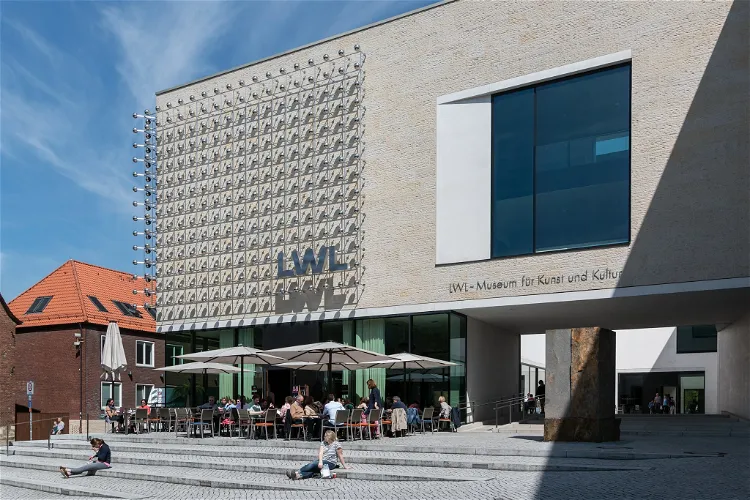
Westphalian State Museum of Art and Cultural History
MünsterThe Westphalian State Museum of Art and Cultural History, located in Münster, Germany, is a renowned institution dedicated to the preservation and exhibition of art and cultural artifacts. The museum offers a unique opportunity to explore a wide range of artistic styles and periods, providing a comprehensive understanding of the region's rich cultural history.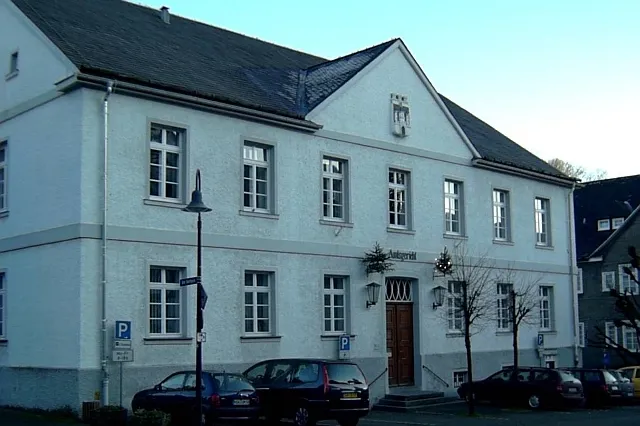
Gerichtsmuseum Bad Fredeburg
SchmallenbergThe Gerichtsmuseum, located in Bad Fredeburg, a district of Schmallenberg, is a museum dedicated to the history of crime. This unique focus offers visitors a chance to delve into the intriguing world of criminal justice, from its ancient roots to its modern manifestations.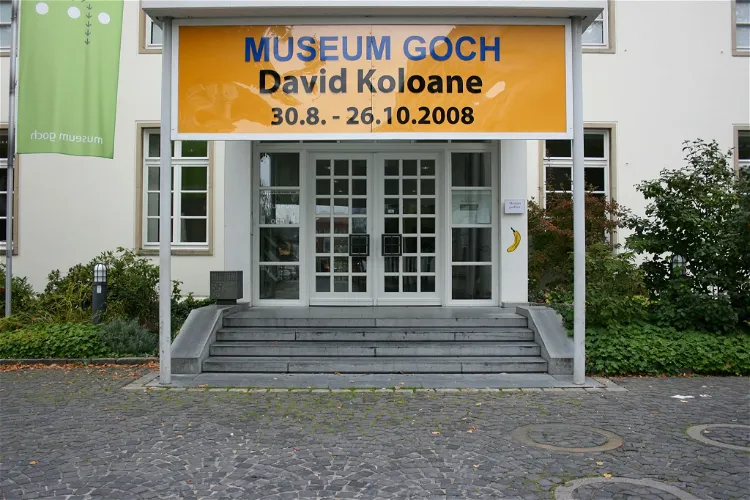
Museum Goch
GochMuseum Goch, situated in the Düsseldorf district of North Rhine-Westphalia, was established after the First World War. The museum was the brainchild of Jean Klein, who generously donated his collection of furniture, household items, and paintings to form the foundation of the museum's collection.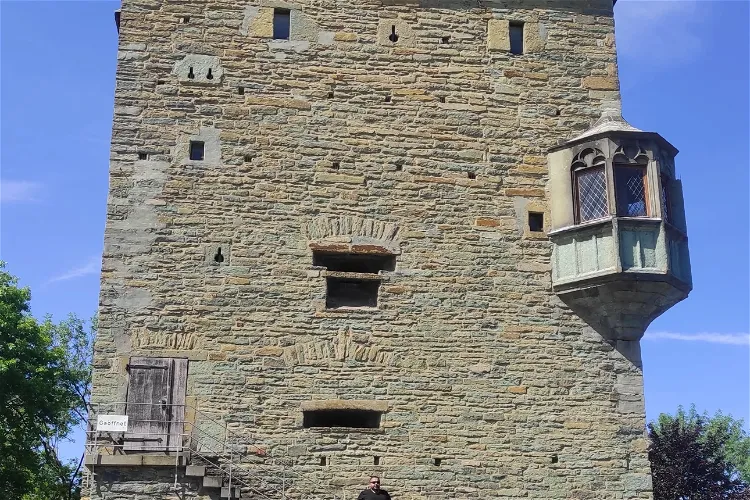
Osthofentor Museum
SoestThe Osthofentor is a significant historical structure in the Hanseatic city of Soest. It was newly erected between 1523 and 1526, serving as a city gate on the Hellweg. This green sandstone building is the last remaining of the original eight main and two secondary gates of the Soest city fortification.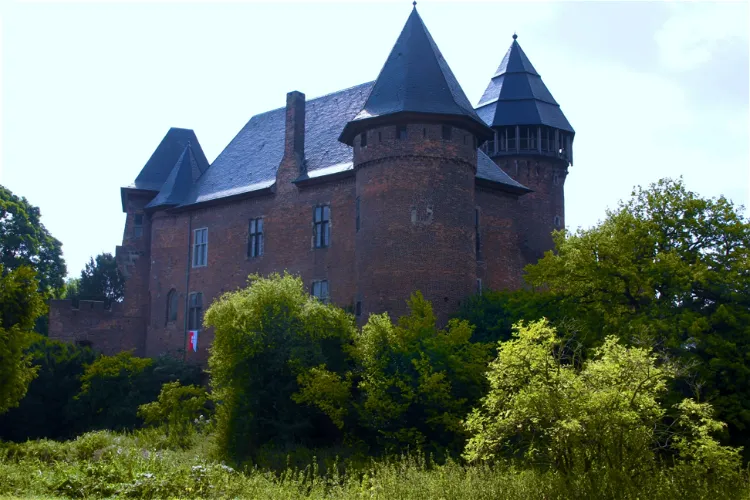
Museum Burg Linn
KrefeldBurg Linn is a water castle situated in the Linn district of Krefeld, North Rhine-Westphalia. It is located approximately five kilometers east of the city center. This historical site offers a unique glimpse into the past, with its origins dating back to the 12th century. The castle was built by the noble lords Otto and his brother Gerlachus von Lynn, making it a significant part of the region's history.